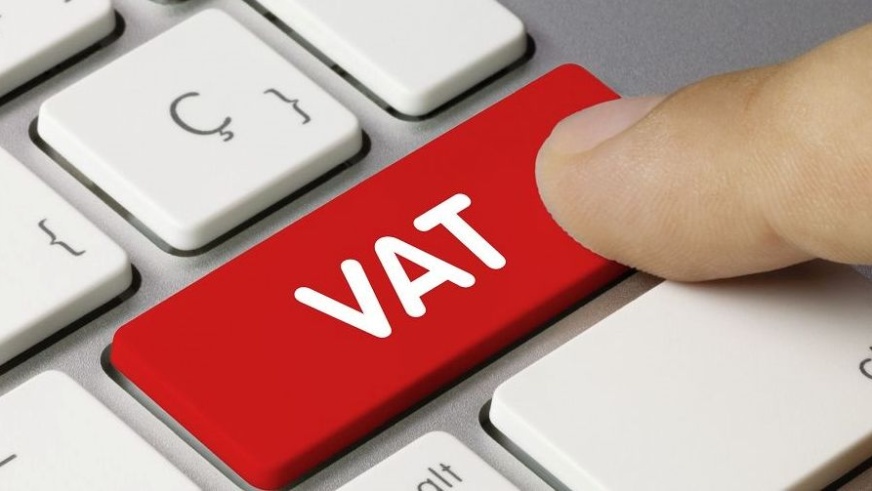In the context of the Value Added Tax (VAT) system in the United Arab Emirates (UAE), it is imperative to accurately record taxable transactions and maintain comprehensive records. One essential component of this process is the issuance of tax invoices. These invoices serve as a formal documentation of taxable supplies and play a crucial role in VAT returns and substantiating input VAT deduction claims. Tax invoices can be issued in either written or electronic formats. Let’s explore the various aspects of VAT invoicing in the UAE.
Types of VAT Invoices
In the UAE, there are two primary types of VAT invoices:
1. **Tax Invoice:**
A Tax Invoice is mandatory for registered suppliers when the value of a supply to registered recipients exceeds AED 10,000. It is an essential document for such high-value transactions.
2. **Simplified Tax Invoice:**
Registered suppliers are required to issue a Simplified Tax Invoice in two specific cases:
– When the recipient is not registered under VAT.
– When the recipient is a registrant, but the consideration for the supply does not exceed AED 10,000. This simplified invoice is commonly used by retail businesses and those providing low-value supplies to registrants. It contains fewer details than a standard Tax Invoice.
Please note that when a supply is entirely zero-rated under VAT (e.g., educational services, essential healthcare services), and there are sufficient records to substantiate the details of the supply, a Tax Invoice is not required.
Documentation for Supplies to Other GCC States
When a registrant in the UAE supplies goods or services to other Gulf Cooperation Council (GCC) states, the document should not be labeled as a ‘Tax Invoice,’ and no tax should be charged. Instead, the document should contain all the necessary details of a Tax Invoice and include:
-The TRN (Tax Registration Number) of the recipient.
– A statement indicating that the supply occurs between the UAE and another GCC state.
Issuance Timeline for Tax Invoices
Tax Invoices must be issued within 14 days from the date of supply.
Rounding VAT Amounts in a Tax Invoice
When calculating VAT in a Tax Invoice and it results in a fractional amount of fils, rounding should be done based on mathematical rounding rules. Specifically, if the fraction is less than 0.5, round down to the nearest fils, and if it is 0.5 or more, round up to the nearest fils.
For example, if the VAT amount in a Tax Invoice is AED 100.40, round it to AED 100; if it’s AED 100.60, round it to AED 101.
Currency in a Tax Invoice
The currency used in a Tax Invoice must be the UAE Dirham. If the supply is conducted in a currency other than the UAE Dirham, the amount should be converted to the UAE Dirham according to the exchange rate approved by the Central Bank on the supply date.
Conditions for Electronic Tax Invoices
For registrants issuing Tax Invoices in electronic format, specific conditions must be met, including:
– Secure storage of electronic tax invoices according to record-keeping requirements.
– Guaranteeing the authenticity of origin and integrity of the content of the electronic tax invoice.
Retention Period for Tax Invoices
All Tax Invoices, both received and issued, must be retained for a minimum of 5 years from the end of the year to which the invoice pertains. In the case of real estate properties, the retention period extends to at least 15 years.
It is crucial to emphasize that the proper issuance of Tax Invoices for every taxable supply, in the required format, and with the necessary details is of utmost importance. as failing to do so could lead to potential administrative penalties. Businesses can streamline this process and ensure compliance by utilizing software solutions designed for VAT in the UAE.
You can also register VAT Registration in our website:
Home




